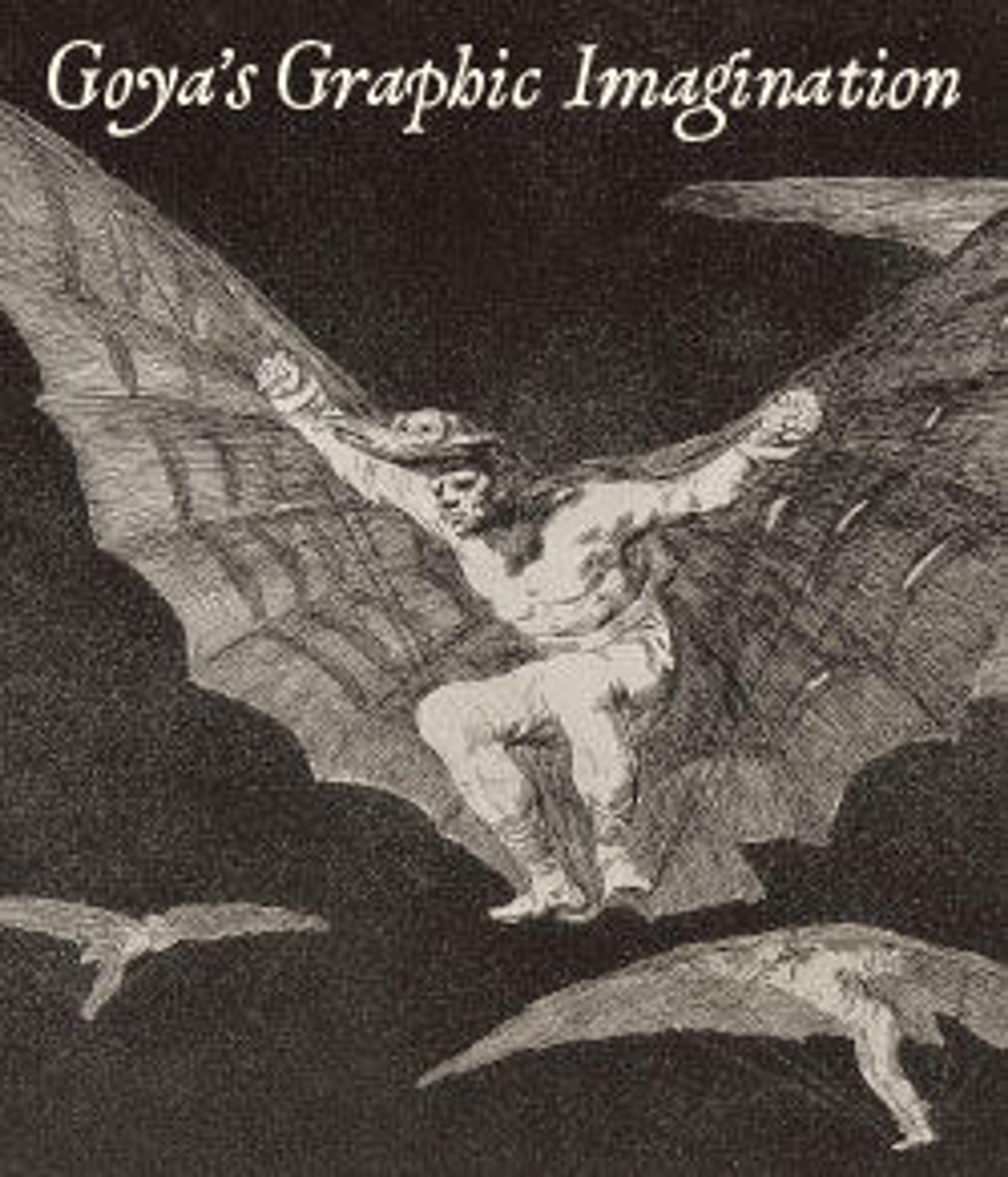Plate 78 from "The Disasters of War" (Los Desastres de la Guerra): 'He defends himself well' (Se defiende bien)
Published in 1802, Giovanni Battista Casti’s political fable "Gli animali parlanti" (The talking animals) provided the source for the present print. Casti’s prologue justified the need for "enshrouding with the veil of allegory certain bold truths," an equally fitting description of Goya’s approach to the final group from the Disasters, to which this work belongs. In the fable, disputes in the animal kingdom stand in for the antagonism between despotic and liberal regimes, much as they might in this scene of a bucking horse menaced by a pack of foxes and hounds. The horse could be a reference to constitutional monarchies, and its animal opponents stand-ins for reactionary forces.
Artwork Details
- Title: Plate 78 from "The Disasters of War" (Los Desastres de la Guerra): 'He defends himself well' (Se defiende bien)
- Series/Portfolio: The Disasters of War
- Artist: Goya (Francisco de Goya y Lucientes) (Spanish, Fuendetodos 1746–1828 Bordeaux)
- Date: 1814–15 (published 1863)
- Medium: Etching, drypoint, burin, burnisher
- Dimensions: Plate: 6 3/4 × 8 11/16 in. (17.2 × 22 cm)
Sheet: 9 15/16 × 13 9/16 in. (25.2 × 34.5 cm) - Classification: Prints
- Credit Line: Purchase, Jacob H. Schiff Bequest, 1922
- Object Number: 22.60.25(78)
- Curatorial Department: Drawings and Prints
More Artwork
Research Resources
The Met provides unparalleled resources for research and welcomes an international community of students and scholars. The Met's Open Access API is where creators and researchers can connect to the The Met collection. Open Access data and public domain images are available for unrestricted commercial and noncommercial use without permission or fee.
To request images under copyright and other restrictions, please use this Image Request form.
Feedback
We continue to research and examine historical and cultural context for objects in The Met collection. If you have comments or questions about this object record, please complete and submit this form. The Museum looks forward to receiving your comments.
